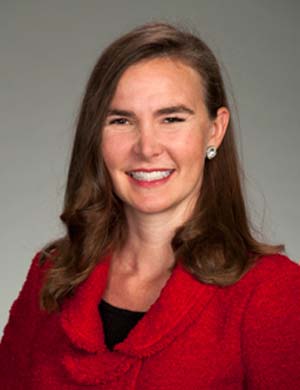
Cathren Koehlert-Page*
Walter White is the “nerdiest old dude” that Jesse Pinkman knows. His students ignore him, laugh at him, and make fun of him at his after school job at the car wash. His home décor and personal fashion could best be described as New American Pathetic.
And yet by the end of the hit television series, Breaking Bad, White is a feared multi-million dollar drug lord known as Heisenberg. He has killed multiple foes. He has lied. He built an empire, and, despite being chased by the DEA, the cartels, and various other murdering sociopaths, he has still left money for his family.
The contradiction seems enormous, and, yet, it draws us in. It creates curiosity and somehow not only remains believable but actually breathes a more realistic seeming life into this fiction character.
By viewing contradictions through this storytelling lens, lawyers faced with seemingly contradictory facts in a trial or an appellate case can craft a more realistic and ethical narrative. In so doing, they can create greater logical cohesion and underscore their theory of the case.
Previous scholarship on harmful evidence focuses on the effects of disclosing harmful facts or focuses on techniques regarding disclosure. This article takes those ideas to the next level by re-envisioning this seemingly contradictory evidence to see it as an integral part of a coherent whole. This concept is new in legal skills but has roots in legal skills precedent.
This article explores fiction works like Breaking Bad and the book Room and shows how aspects of those works appear in actual cases, such as the United States Supreme Court prison-overcrowding case, Brown v. Plata, the exoneration of Eddie Joe Lloyd, or the battered spouse case, Weiand v. State.
In the end, if the client’s ultimate assertion is true, then the attorney cannot merely break those “bad” facts. The attorney can show those facts in a new light so that they are no longer harmful and are actually a part of the client’s story.
This article aids judges grappling with story’s role in law or with issues in the examples, such as prison overcrowding or wrongful convictions, lawyers seeking to overcome harmful evidence, applied legal storytelling scholars, skills professors, law students, and even fiction writers or literary criticism scholars.
* Assistant Professor of Law, Barry University School of Law. I would like to thank Dean Leticia Diaz for her continued support of our scholarship and her dedication to faculty development and Associate Dean Kelli Murray for her faculty development support as well, Professor Jamila Jefferson-Jones for her input and her dedication to faculty development, Professor Leonard Birdsong for his continued encouragement, Professor Judy Koons for her suggestions given during retention review,
Professors Robert Whorf, Khaled Beydoun, and Denitsa Mavrova Heinrich for facilitating a faculty discussion of this article and providing verbal feedback, Professors Khaled Beydoun and Robert Whorf for their written suggestions and verbal feedback, Associate Dean Bobbie Studwell and Professors Terri Day, Stephen Leacock, Glen Peter Ahlers, Susan Bendlin, Seema Mohapatra, Kate Aschenbrenner, and Michael Morley for their verbal feedback, the LWI Writers Workshop,
Professors Lou Sirico, Kenneth Chestek, Betsy Lenart, and Rosemary Queenan for their critiques and insights at the workshop, and finally my research assistants, Caitlin Ehinger, Shanna Kay Turner, Matthew Best, Amanda Buschbom, Stacey Schwartz, and DeShayla Strachan for their insight, questions, research, and proofing.
